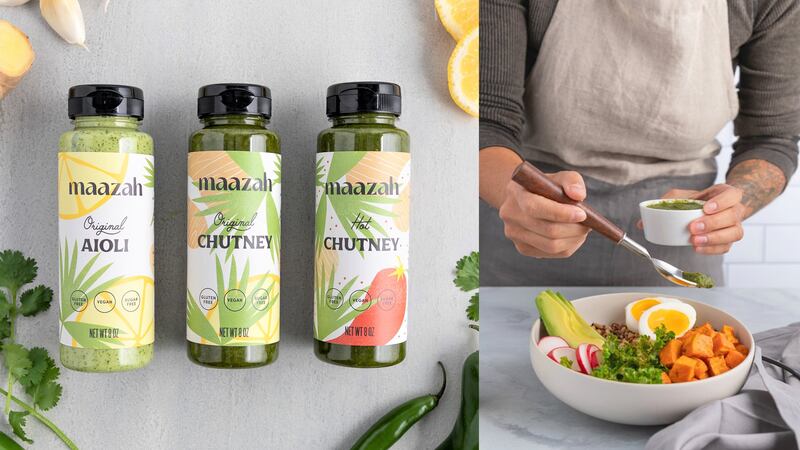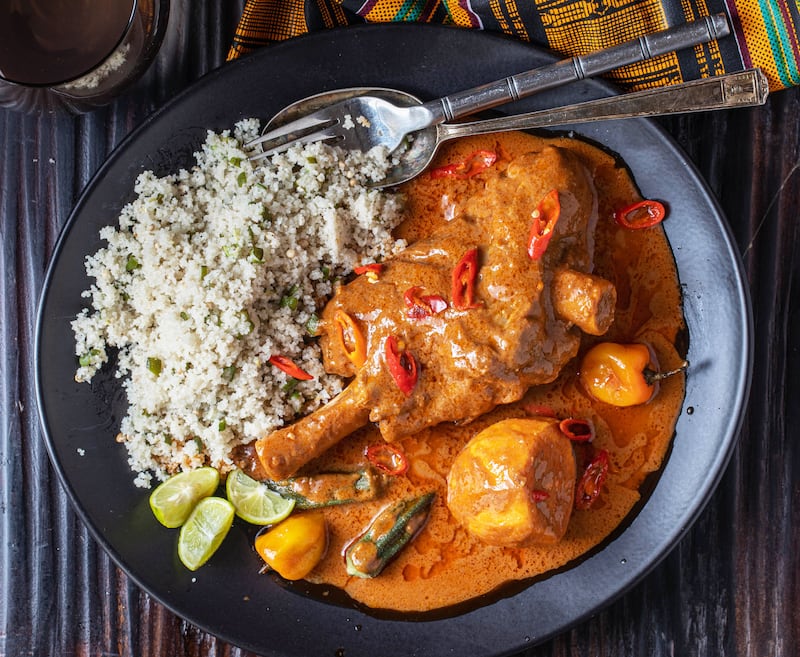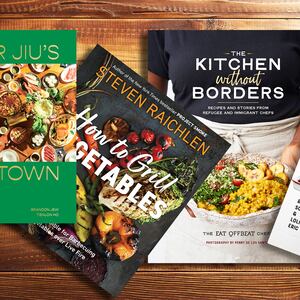Years ago I went to Avery Island to tour the Tabasco factory. The experience filled me with a lifelong admiration for the craft and the process by which the iconic hot sauce is produced.
The first stop on the tour at the time was a little movie. You’ve been through this: the odd plunge into fifteen minutes of darkness in the middle of the day, the amphitheater of risers wrapped in rough gray carpet, the strangely dislocated voiceover. There were some folks on the tour with me, who apparently had a different relationship with Tabasco than I did, because during the course of the movie the people on the screen would, as one might expect, use Tabasco in various ways, and each time they did, someone in the group in front of me would gasp.
“Look at them! Putting Tabasco on that!”
ADVERTISEMENT
“They’re putting that hot sauce on their eggs!”
“Whooeee! That’s going to be hot, hot, hot!”
And so on, until I wondered by what strange trick they’d ended up on this tour at all. But this taught me an important lesson, the world is divided into two camps: those who like a little zip in their condiment and those who don’t understand how to live.
Then again, anyone who has read the back label of a bottle of Tabasco Sauce has probably been caught off guard. “Try it on eggs, pizza, salads and any other foods for a burst of flavor that will tantalize your taste buds.”
One wonders who suggested that these three things be showcased on the back of the bottle. Not eggs, fried chicken, and soup? You don’t want to go for “a few dashes in a bowl of chowder” over “salads?” But I digress.
I understand the impulse. If you make something, you want people to put it on everything, despite the fact that most condiments don’t go on everything.
The exception to that is the Afghan chutney from Maazah.
On the back label it says “Add a fresh kick of flavor to eggs and salads, grain bowls, tacos, pizza, sandwiches, kabobs, burgers, fish (anything off the grill), roasted veggies (try it on potatoes).”
Okay, but the brand is right. From the moment I tasted this bright and herbaceous sauce, I wanted it on everything I ate. From avocado toast to breakfast tacos to grilled meat, I have yet to find a food that doesn’t pair with this sauce.
When I think of chutney, I think of fruit and sugar and this is not that. There’s nothing thick or sweet about this green sauce made from cilantro, apple cider vinegar, lemon juice, jalapeño, ginger, garlic and sea salt. Think more along the lines of a ginger cilantro chimichurri or Italian salsa verde, but without the slickness of olive oil. The sauce is incredibly well balanced, and for something that’s in your fridge in a squeeze bottle, the flavors are startlingly fresh and actually stay that way.

Sisters Sheilla and Yasameen Sajady learned the recipe from their mom—every meal came with a bowl of her magic green sauce—and the Sajady family started selling the sauce in Minneapolis in 2014 (an eight-ounce bottle costs $8.99). They make two types of chutneys and a vegan aioli. I like the hot chutney the most, spiked with serranos, but they’re all great.
Certain foods—Chinese pickled radish, for instance—have an aroma that embodies an entire cuisine for me. The Maffé sauce from Kitchens of Africa ($13) hits like that. It seems to contain an entire world.
Kitchens of Africa was founded by Jainaba Jeng, who was raised in Gambia and was studying in Halifax when a coup erupted back home and her family decided she should stay put. In 1997, she then moved to Raleigh, North Carolina. Jeng founded Kitchens of Africa as a natural reaction to a market void—she could easily find ingredients to make Indian food, Thai food or Mexican food, but there was nothing that reminded her of her home.
Maffé is deep with umami richness, underpinned by tomatoes and enriched by peanuts, lightened by acidity and heat. The result is a beautifully structured and complexly layered sauce.

For some folks, comfort food only means nostalgia. For others, the term is strictly reserved for carb and fat bombs like macaroni & cheese or lasagna. I’m comforted by immersive food, with enveloping and transporting aromas. Gumbo Z’Herbes, for instance, is, to me, a deeply comforting dish. I have had maffé only a handful of times in my life and yet I find it deeply comforting.
I took a cue from the makers, simmered it with spinach, black eyed peas and okra, and ate it over rice. It seems to me to be incredibly versatile and recipes abound on the brand’s website.
One of the most interesting things I’ve come across is a new hot sauce out of Michigan, which uses a base of banana. I was sure that what I was about to taste was going to be similar to a sweet fruit ketchup, such as Jufran, a Filipino condiment that I love. In fact, the Bombanana hot sauces aren’t very banana forward at all. The banana is used as a medium and a sweetener, allowing the sauce to be made without refined sugar.
The sauce is the brainchild of a four-person team who roomed together at the University of Michigan where they ate a lot of hot sauce. It’s got a wonderful roundness of flavor to it with arbor and chipotle chilis bouncing off some spice. The sauce is brought together with a sweetness that plays nicely against the vinegar pop. Unsurprisingly, I prefer the company’s slightly hotter Muy Muy to its original sauce, but neither is going to make you sweat. Despite being invented by college guys, these aren’t party trick face melting hot sauces.
There is much to love about a good condiment. They enliven our food, wake up our palates, and can serve as an easy way to navigate the world. Condiments compress complex flavors and can turn simple ingredients into delicious meals.
As Jainaba Jeng writes on her website, “We spent hours in the kitchen—peeling, chopping, dicing and slow-simmering—taking no shortcuts.” And my kitchen is happier for it.







